1. Understanding Ankle Sprains
Ankle sprains occur when the ligaments surrounding the ankle joint are stretched or torn, typically from rolling, twisting, or turning the ankle awkwardly. They’re one of the most common injuries, affecting everyone from athletes to those stepping off a curb the wrong way. Proper recovery is essential to restore strength, prevent chronic instability, and reduce the risk of future sprains.
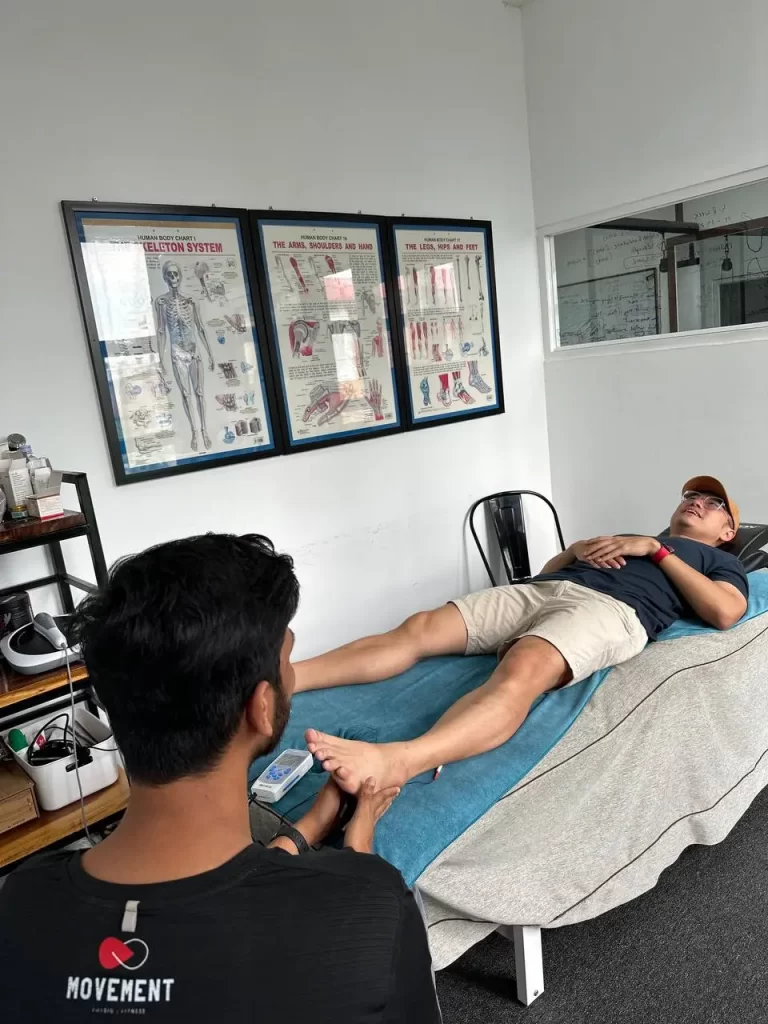
2. Shocking Statistics About Ankle Sprains
Ankle sprains account for 25% of all sports injuries, making them one of the most frequent injuries worldwide.
40% of untreated ankle sprains result in chronic issues like instability or recurring injuries.
It takes an average of 6-8 weeks to recover fully from a moderate ankle sprain, but improper care can extend this timeline significantly.
3. Immediate Care: The First 48 Hours
The initial response to an ankle sprain is critical for minimizing damage and kickstarting recovery. Follow the POLICE method:
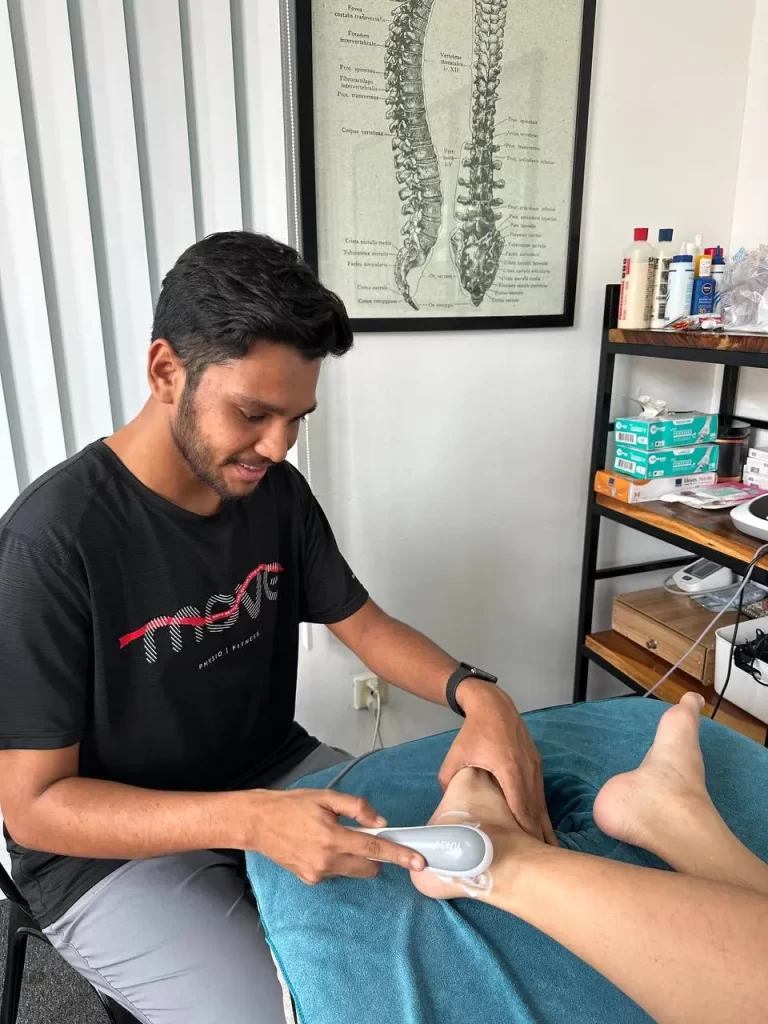
Protection: Avoid putting weight on the injured ankle.
Optimal Loading: Gradually reintroduce movement within your pain tolerance.
Ice: Apply cold packs for 15-20 minutes every 2-3 hours to reduce swelling.
Compression: Use an elastic bandage to manage swelling.
Elevation: Keep your ankle above heart level whenever possible.
Avoid activities that could worsen the injury, and consult a healthcare professional for proper assessment.
4. The Recovery Process: Stages and Goals
Stage 1: Acute Phase (0-3 Days)
Focus on reducing pain and swelling with rest, ice, compression, and elevation.
Begin gentle range-of-motion exercises like ankle circles or alphabet drawing.
Stage 2: Subacute Phase (3 Days – 2 Weeks)
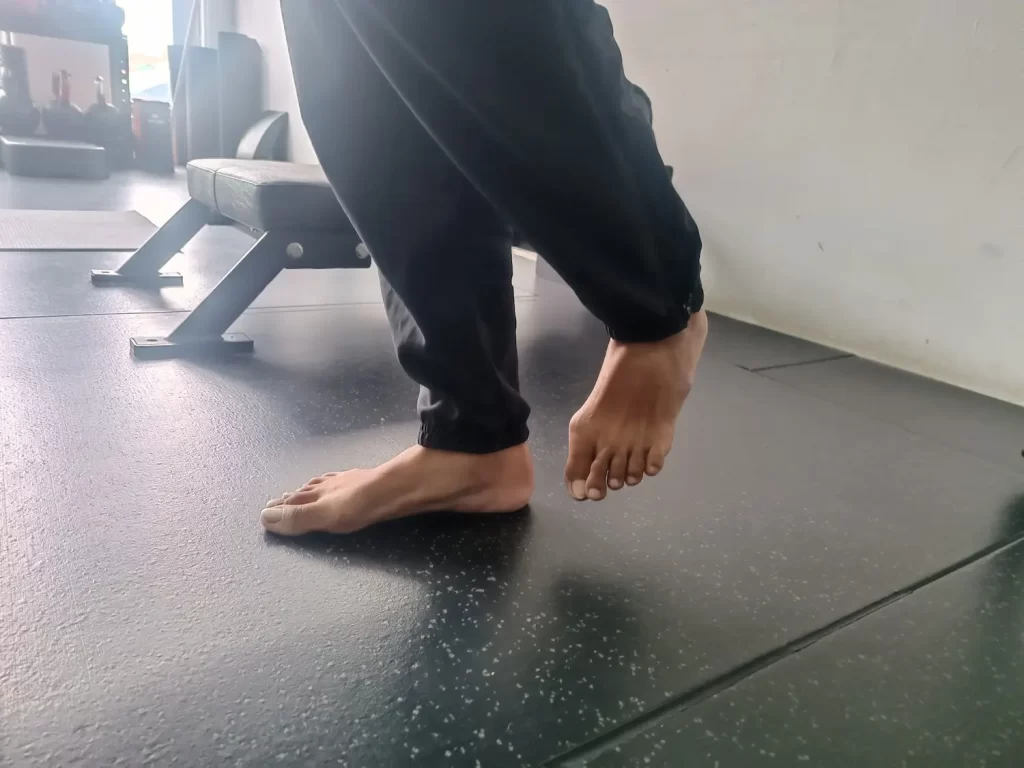
Introduce weight-bearing activities as tolerated.
Start basic strengthening exercises, such as towel scrunches or resistance band ankle movements.
Stage 3: Recovery Phase (2-6 Weeks)

Progress to dynamic strengthening exercises like calf raises and balance training.
Gradually return to light activity and sport-specific movements.
Stage 4: Functional Phase (6+ Weeks)
Emphasize agility, proprioception, and strength to prevent future injuries.
Return to full activity with your healthcare provider’s approval.

5. Common Mistakes to Avoid
Rushing Recovery: Returning to activity too soon can lead to re-injury or chronic instability.
Neglecting Rehab Exercises: Skipping strengthening and balance exercises often results in long-term weakness and poor stability.
Ignoring Professional Guidance: Untreated or improperly treated sprains can lead to complications, including chronic pain or arthritis.
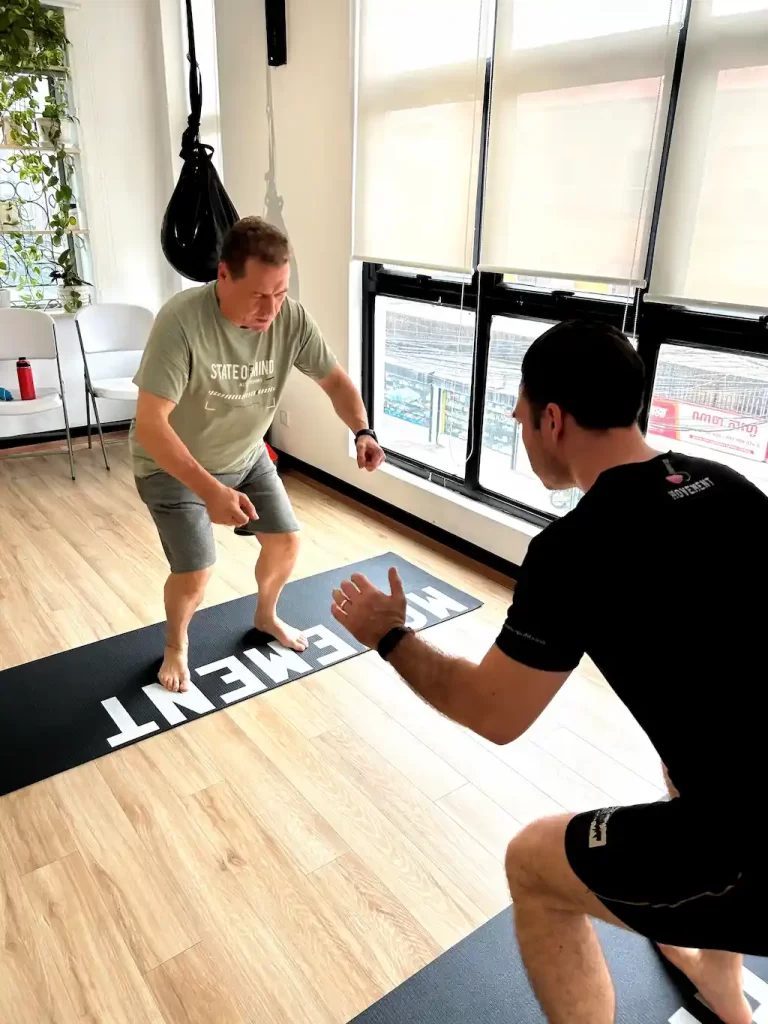
6. Long-Term Prevention Tips
Strengthen the muscles around your ankle regularly with exercises like single-leg balance and resistance band training.
Wear appropriate footwear for your activity and terrain.
Warm up and stretch before physical activity to prepare your body for movement.
Practice proprioception training to improve coordination and prevent missteps.
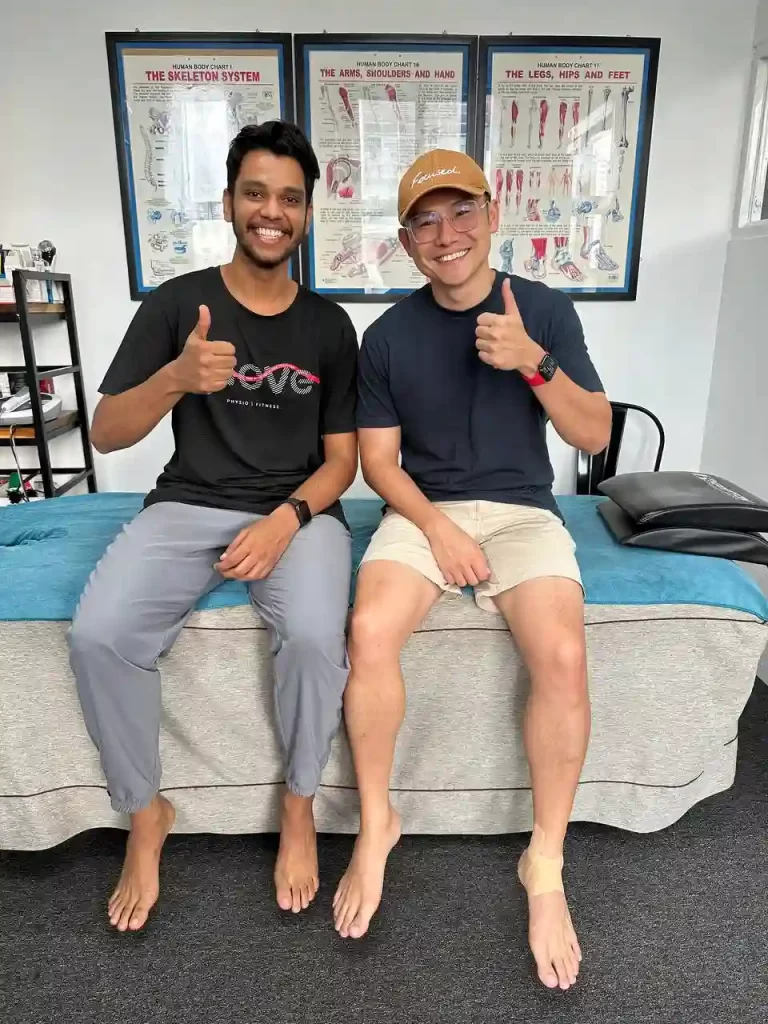
7. How We Can Help at Movement: Physiotherapy and Fitness
At Movement: Physiotherapy and Fitness, we specialize in guiding clients through ankle sprain recovery with tailored treatment plans. From the initial stages of pain management to advanced functional training, we provide expert care to ensure a full recovery. Our multidisciplinary approach combines manual therapy, corrective exercises, and education to help you regain strength and confidence while minimizing the risk of future injuries.
FAQ
Q: How long does it typically take to recover from an ankle sprain?
A: It takes an average of 6-8 weeks to recover fully from a moderate ankle sprain, but improper care can extend this timeline. The recovery process is divided into four stages: acute (0-3 days), subacute (3 days – 2 weeks), recovery (2-6 weeks), and functional (6+ weeks).
Q: What are the immediate steps I should take after spraining my ankle?
A: Follow the POLICE method: Protection (avoid putting weight on the ankle), Optimal Loading (gradually reintroduce movement), Ice (apply cold packs 15-20 minutes every 2-3 hours), Compression (use an elastic bandage), and Elevation (keep ankle above heart level).
Q: What percentage of untreated ankle sprains lead to chronic issues?
A: 40% of untreated ankle sprains result in chronic issues like instability or recurring injuries.
Q: What are the most common mistakes people make when recovering from an ankle sprain?
A: The top three mistakes are: rushing recovery and returning to activity too soon, neglecting rehabilitation exercises, and ignoring professional guidance, which can lead to long-term weakness, poor stability, or complications like chronic pain.
Q: How can I prevent future ankle sprains?
A: Prevention tips include: regularly strengthening ankle muscles, wearing appropriate footwear, warming up and stretching before physical activity, and practicing proprioception training to improve coordination and prevent missteps.

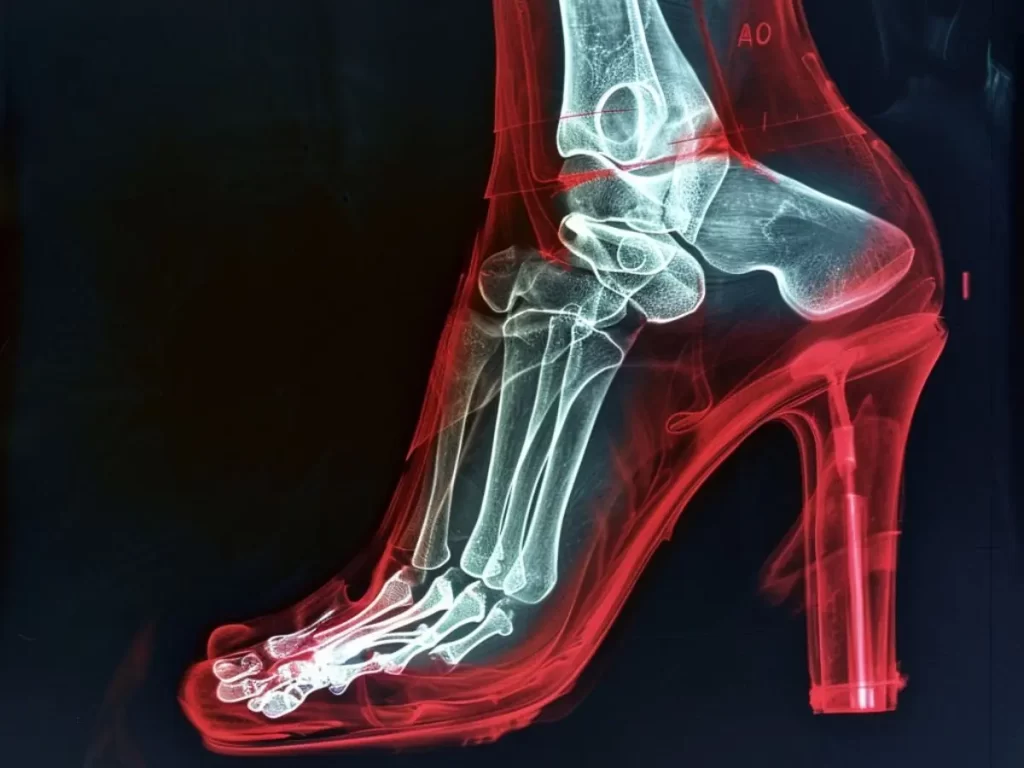
Add your first comment to this post